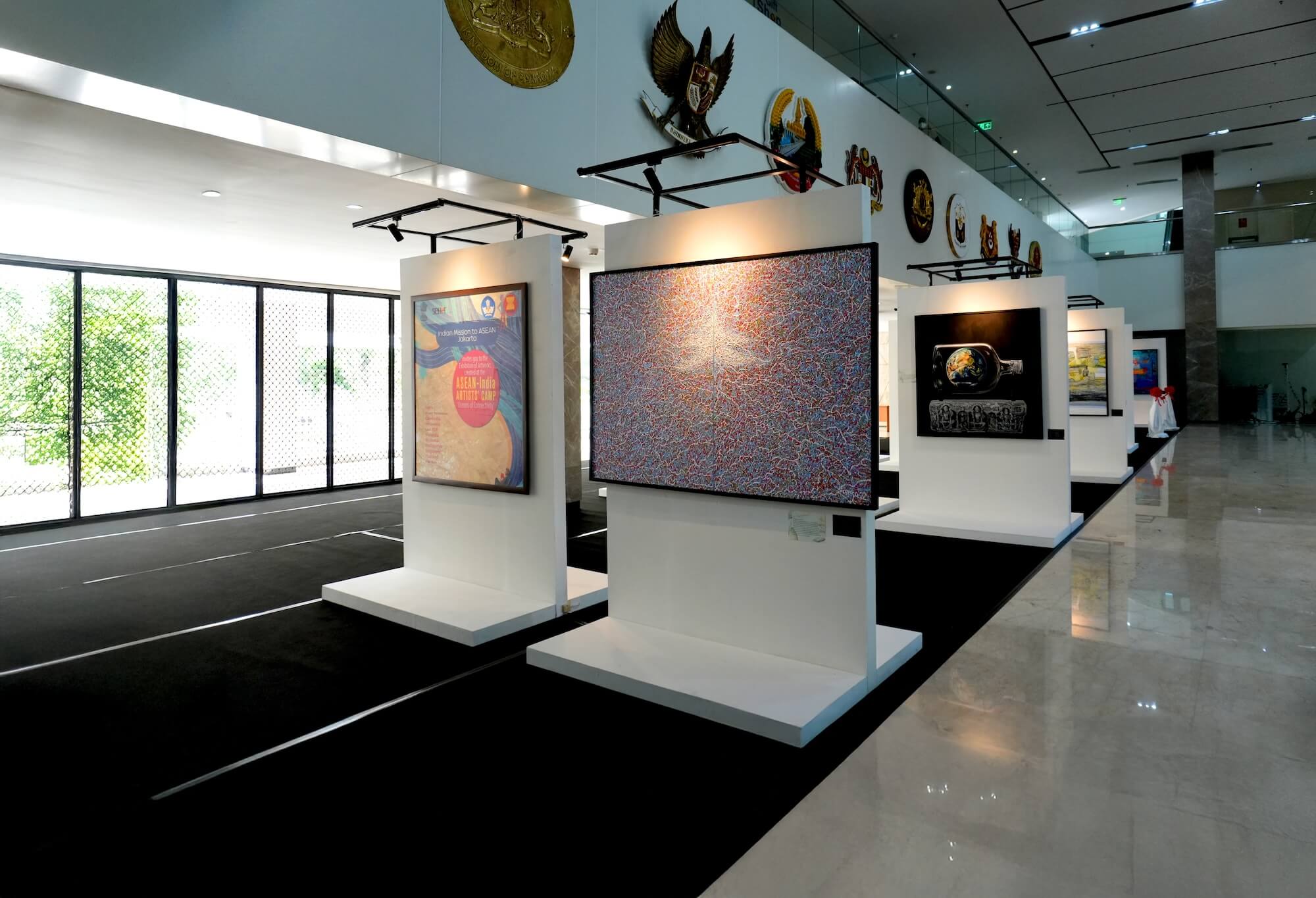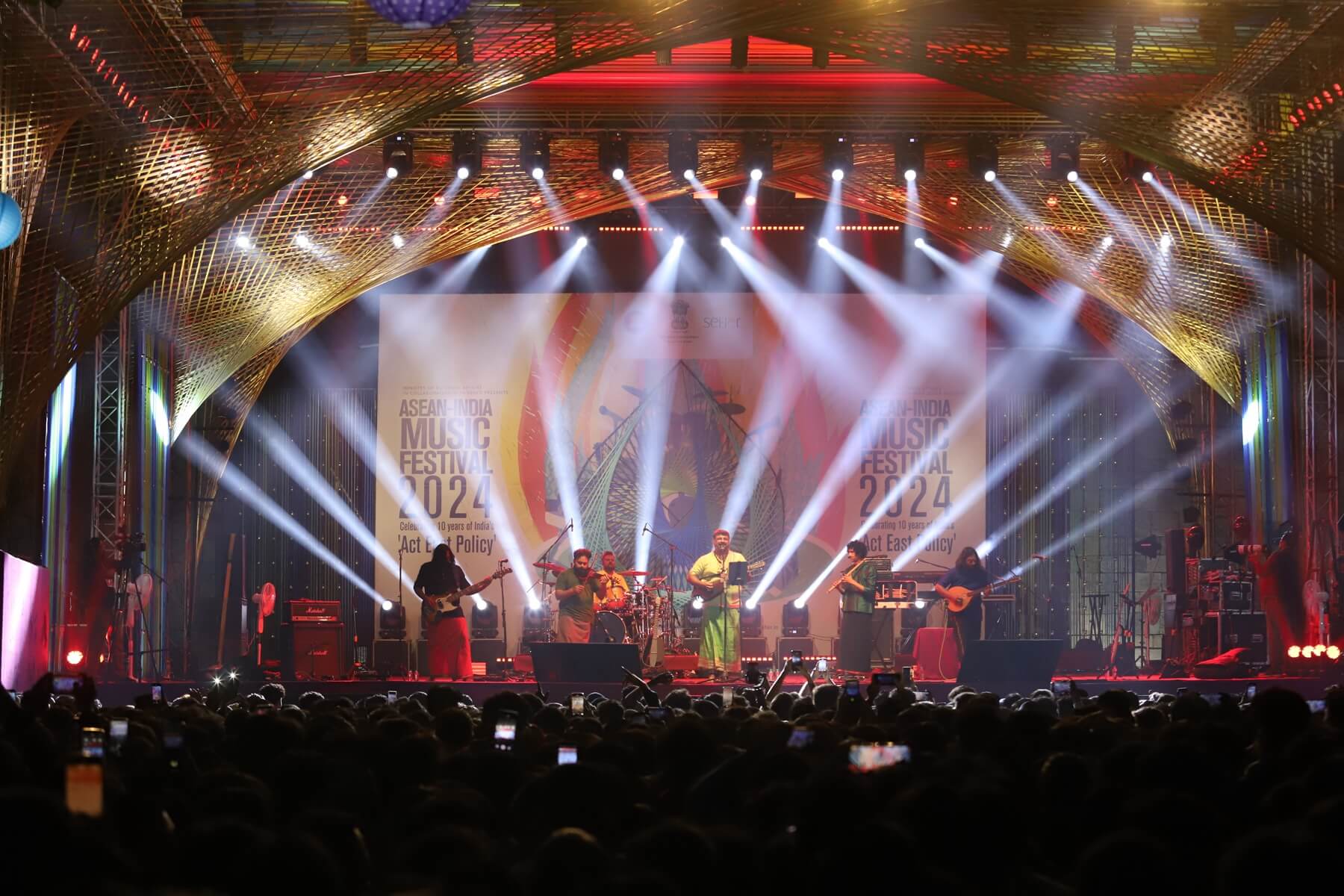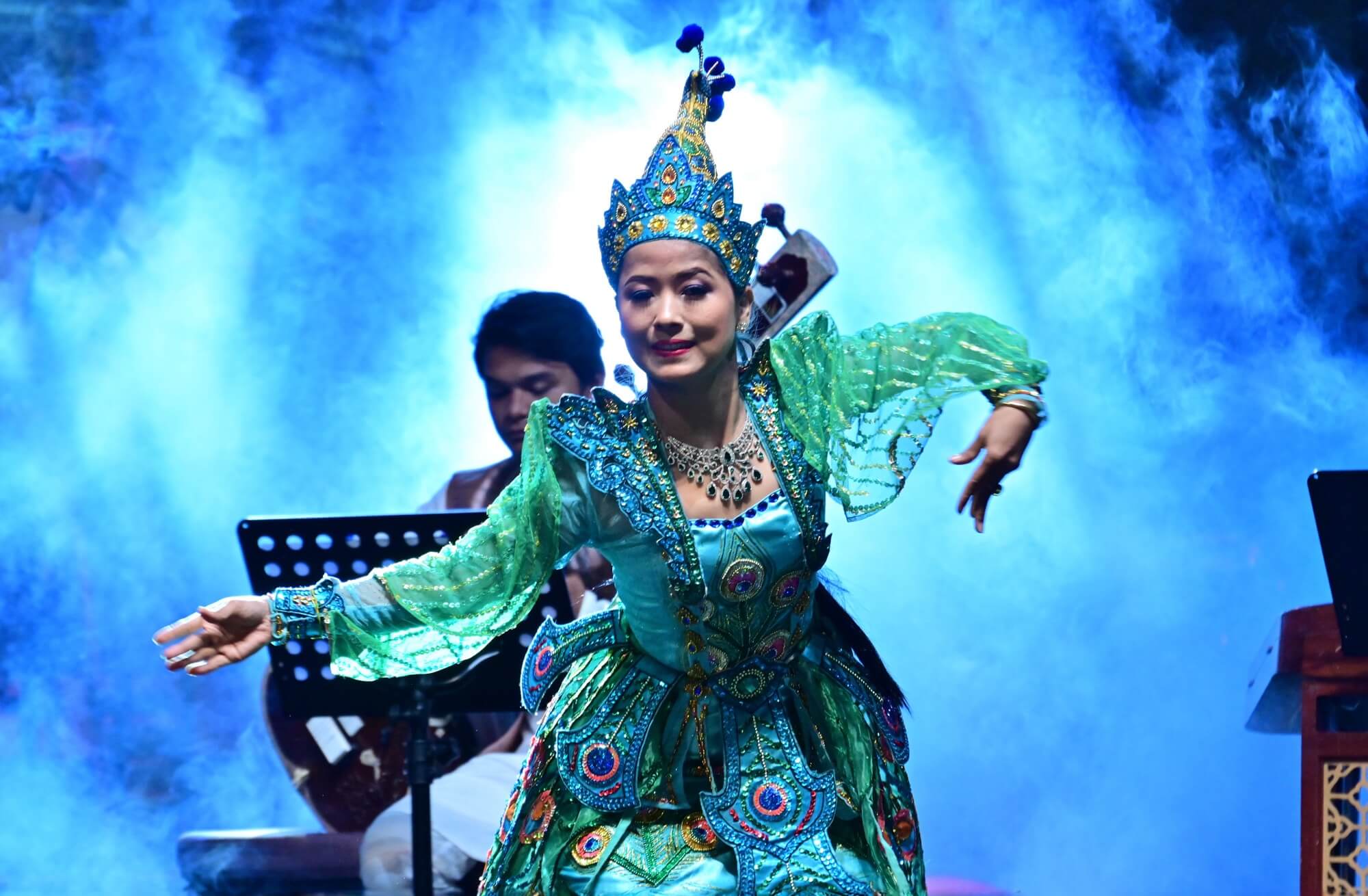



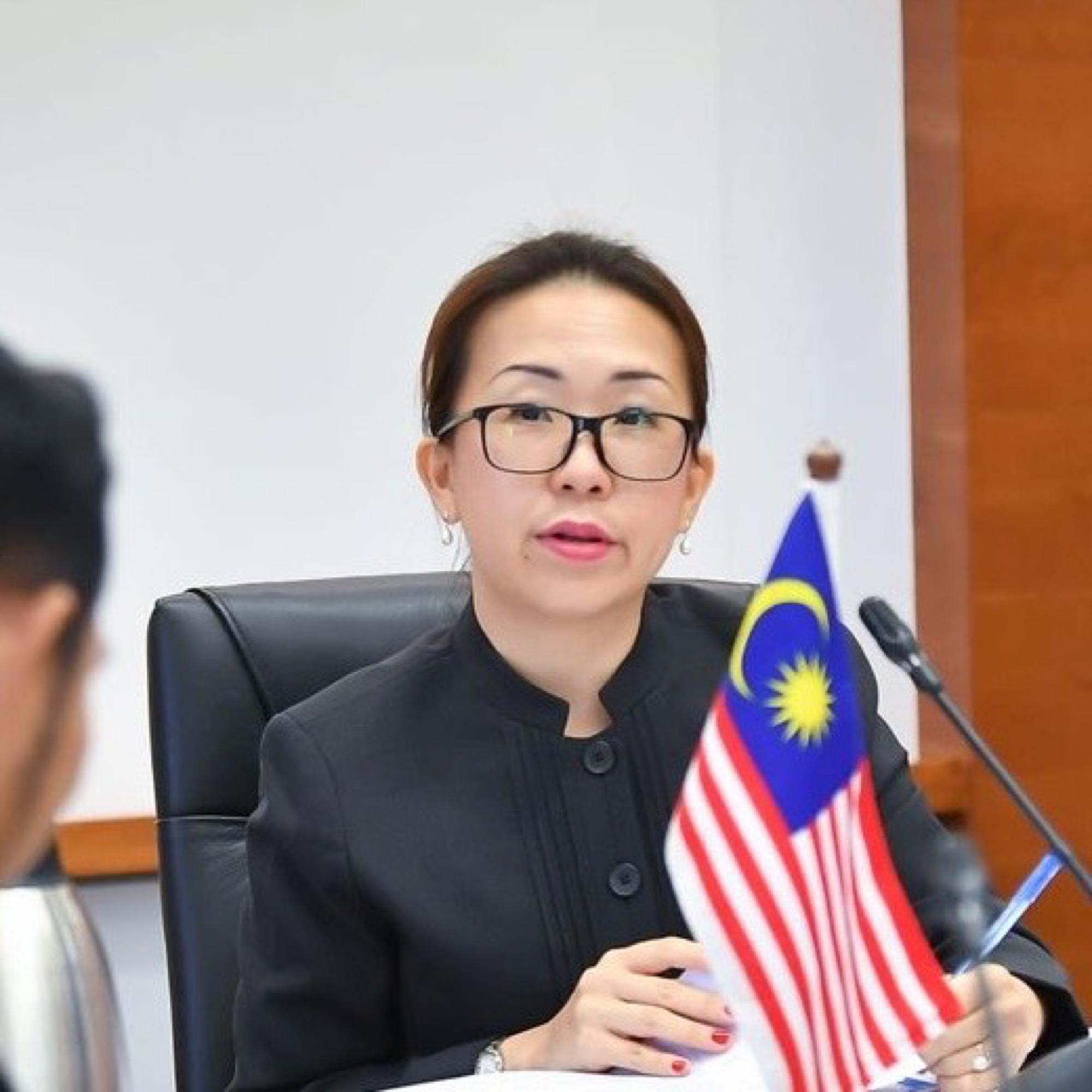
ASEAN has always been described as the melting pot of different cultures, traditions and beliefs. Almost all the countries in this region consist of dozens of ethnicities and tribes, each with distinct spoken languages and dialects, food, costumes, dances and festivities. Yet, we are said to have a shared identity.
This juxtaposition demonstrates the uniqueness of ASEAN. We are the same but also different. Let’s take the kebaya as an example. It is an upper garment that symbolises the cultural heritage and identity of the Malays, Peranakan Chinese, Chitty, and other communities in Malaysia and other ASEAN countries.
The kebaya is an intangible cultural heritage which involves traditional weaving skills such as embroidery and sewing techniques with different fabrics, patterns, and designs across the region. The kebaya-wearing concept is similar, albeit with variations like Baju Kebaya Labuh and Pendek, Baju Kebaya Nyonya, Baju Bandung, Baju Kota Bharu, Baju Kebaya Sulam, and Kebaya Biku.
This year, Malaysia, Brunei Darussalam, Indonesia, Singapore, and Thailand submitted a multi-national bid to nominate the kebaya for the UNESCO Representative List of the Intangible Cultural Heritage of Humanity. It is heartening to witness the community of practitioners and policy-makers from five countries jointly work towards a shared goal to promote and preserve the kebaya.
Malaysia is blessed with a rich and diverse cultural heritage, and we recognise the importance of cultural heritage protection as a key development agenda. Malaysia commits to implementing various cultural, artistic, and heritage conservation initiatives in the local and international spheres, including the ASEAN Committee for Culture and Information (ASEAN COCI).
ASEAN COCI promotes cultural cooperation
Into its 45th year of inception, ASEAN COCI has done wonders in promoting cultural cooperation among the people of ASEAN. Various activities and projects, ranging from workshops, masterclasses, camps, seminars, and exchanges, are conducted annually by ASEAN Member States and jointly with external partners. These programmes facilitate interactions amongst ASEAN cultural policy-makers, artists, cultural communities, the youth, academia, practitioners, professionals, civil society organisations, as well as small and medium cultural enterprises or SMCEs, in the areas of protection, conservation, preservation, and promotion of cultural heritage.
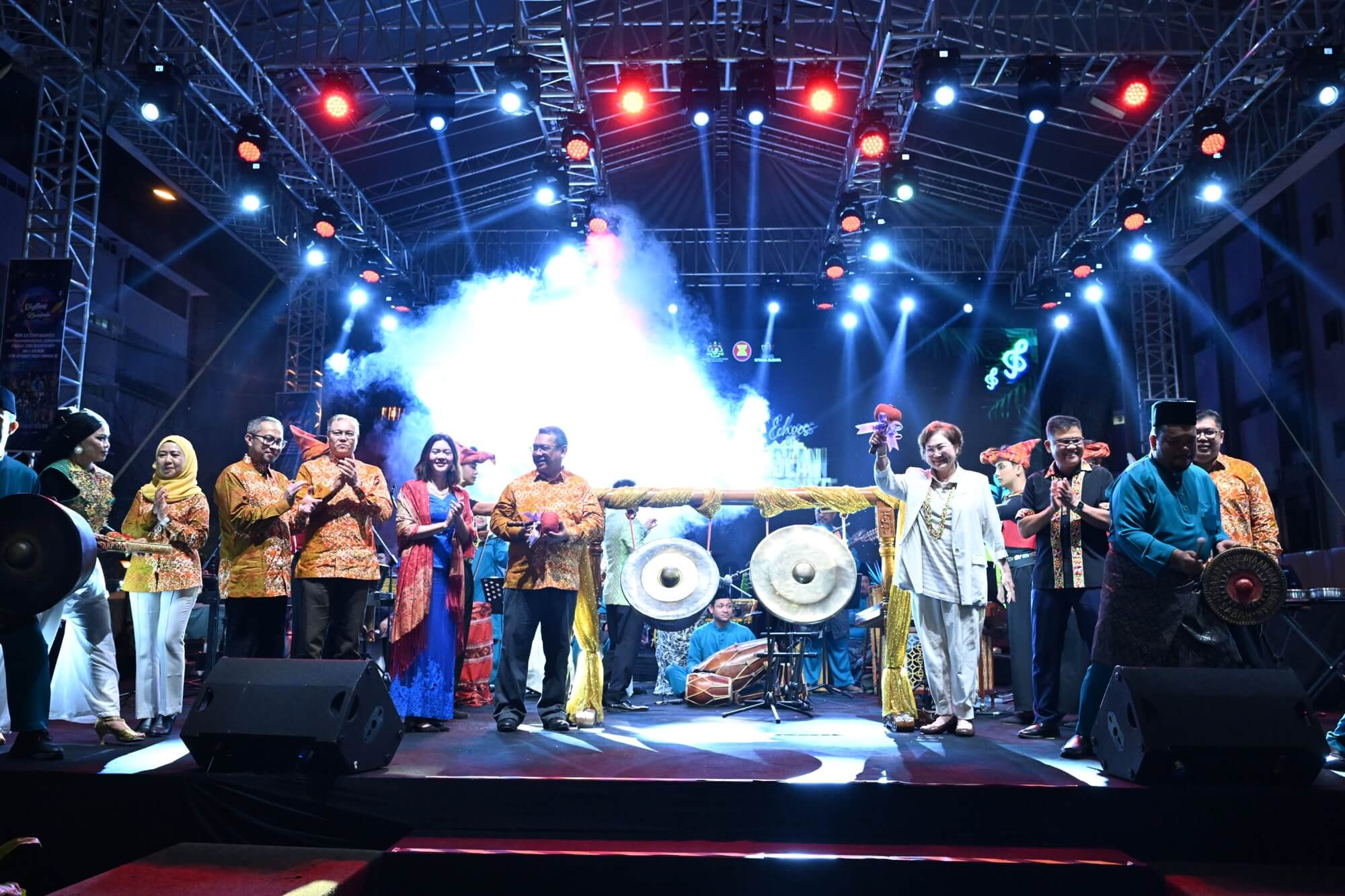
Cultural projects implemented by Malaysia in 2023
This year, Malaysia, via the Ministry of Tourism, Arts and Culture (MOTAC), had the opportunity to co-create and co-execute two projects with its strategic partners under the ASEAN Cultural Fund.
The first project, anchored on the narrative “Our Food, Our Heritage, Our Identity,” was launched in June 2023. The ASEAN Workshop on Sustainable Heritage Food Packaging and Commercialisation for the World Market is a strategic approach to consolidating expert recommendations to improve the current packaging methods and commercialising heritage foods amongst ASEAN countries in local and global markets. It paves the way for collaborative and interdisciplinary research towards the sustainability of heritage food in ASEAN.
Why the focus on food? And what has food got to do with heritage and identity? Heritage food is an outcome of intangible cultural heritage. It has been redefined as typical local cuisines embedded with cultural values, representing the community’s lifestyle. It symbolises their life, culture, and heritage values.
The two-day workshop was implemented by the Department of National Heritage, an agency under MOTAC, in collaboration with Universiti Putra Malaysia. Participants from ASEAN countries, comprising notable presenters and demonstrators of packaged heritage food, showcased their culinary skills in preparing appetisers, snacks, and desserts using traditional wrapping materials in full adherence to health, safety, and hygiene procedures.
The research findings, ideas, theories, and experiences on the best practices for promoting and commercialising sustainably packaged heritage food were also shared and exchanged. The valuable insights and workshop proceedings have since been documented and published to benefit other researchers and practitioners in this field.
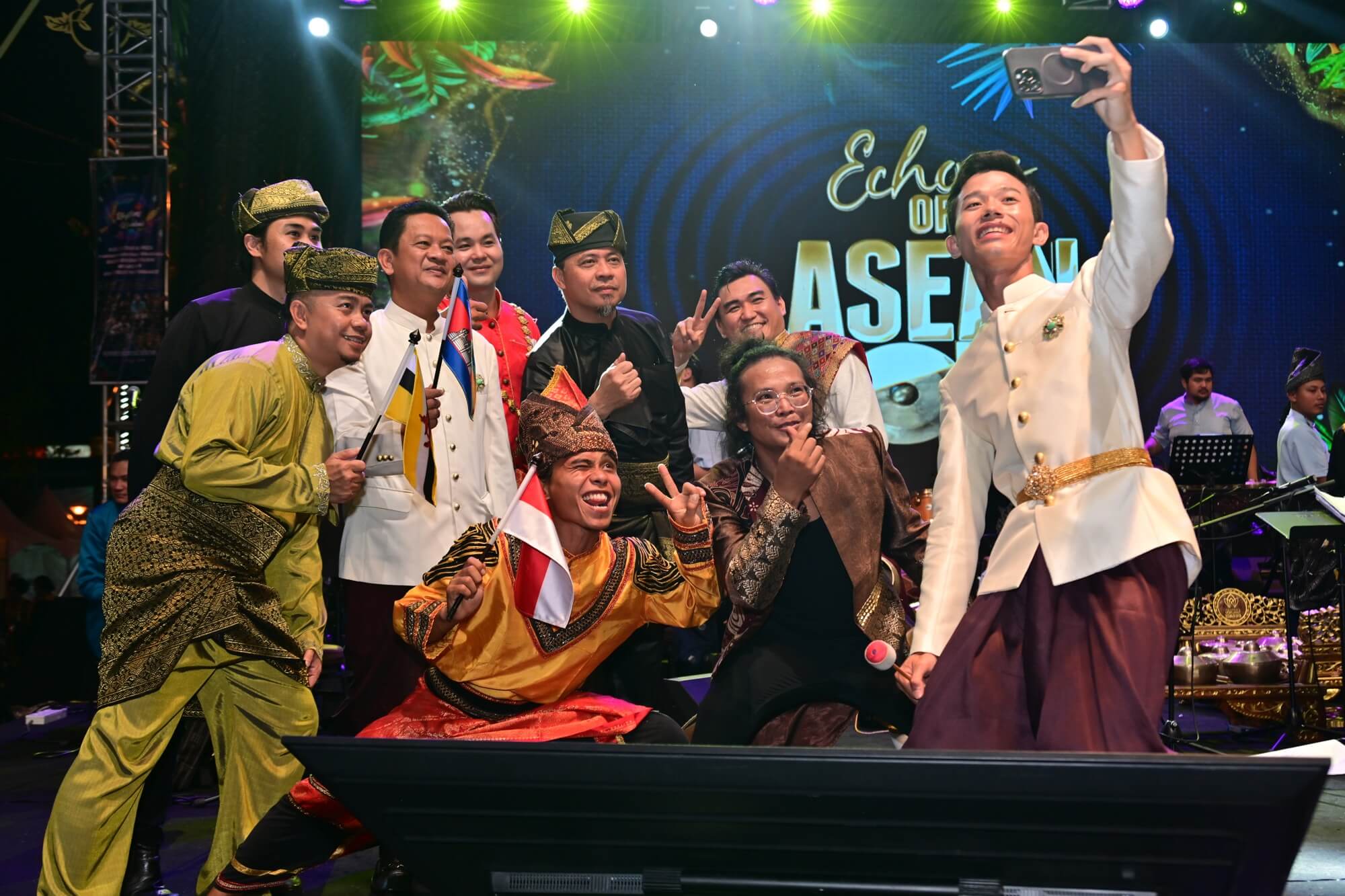
Held in October, the second project revolved around bronze musical instruments classified as “diaphones” a term which refers to a group of musical instruments made from hard metals like iron, copper, and bronze that produce sound through vibrations. Themed “Harmony in Rhythm and Melody,” the instruments were chosen as a symbol of unity.
With the main objective of sharing best practices and exchanging experiences amongst ASEAN countries, “Echoes of ASEAN Bronze” was organised through workshops, arts and music performances. It aimed to strengthen cultural cooperation through composition, documentation, and music performance.
Traditional forms of artistic expression and cultural practices contribute significantly to the growth and development of a society. It is hoped that this project will be a turning point in revitalising traditional music in Sabah, drawing the interest of younger generations. In fact, efforts to preserve traditional musical instruments can foster a sense of unity and togetherness.
Led by Istana Budaya (National Theatre of Malaysia–IB), this project was strategically curated to complement the Rhythm of Kinabalu (ROK) Festival, a vibrant street carnival held annually in Kota Kinabalu, Sabah. The ROK Festival, organised by the National Department of Culture and Arts (JKKN), highlights art activities as part of the Sabah State Government’s effort to boost and drive the local cultural and creative industry. It also increases appreciation for music and dance, particularly amongst the local community in Sabah.
This programme’s social and economic impacts on the local community cannot be overstated. Sales and revenues of the local craftspreneurs, artists, and food stalls operators increased during the programme. The ASEAN participants’ showcase entertained over 30,000 visitors, including foreign tourists, each highlighting their countries’ unique music and culture. More than 5,000 online viewers watched the event’s Facebook live streaming.
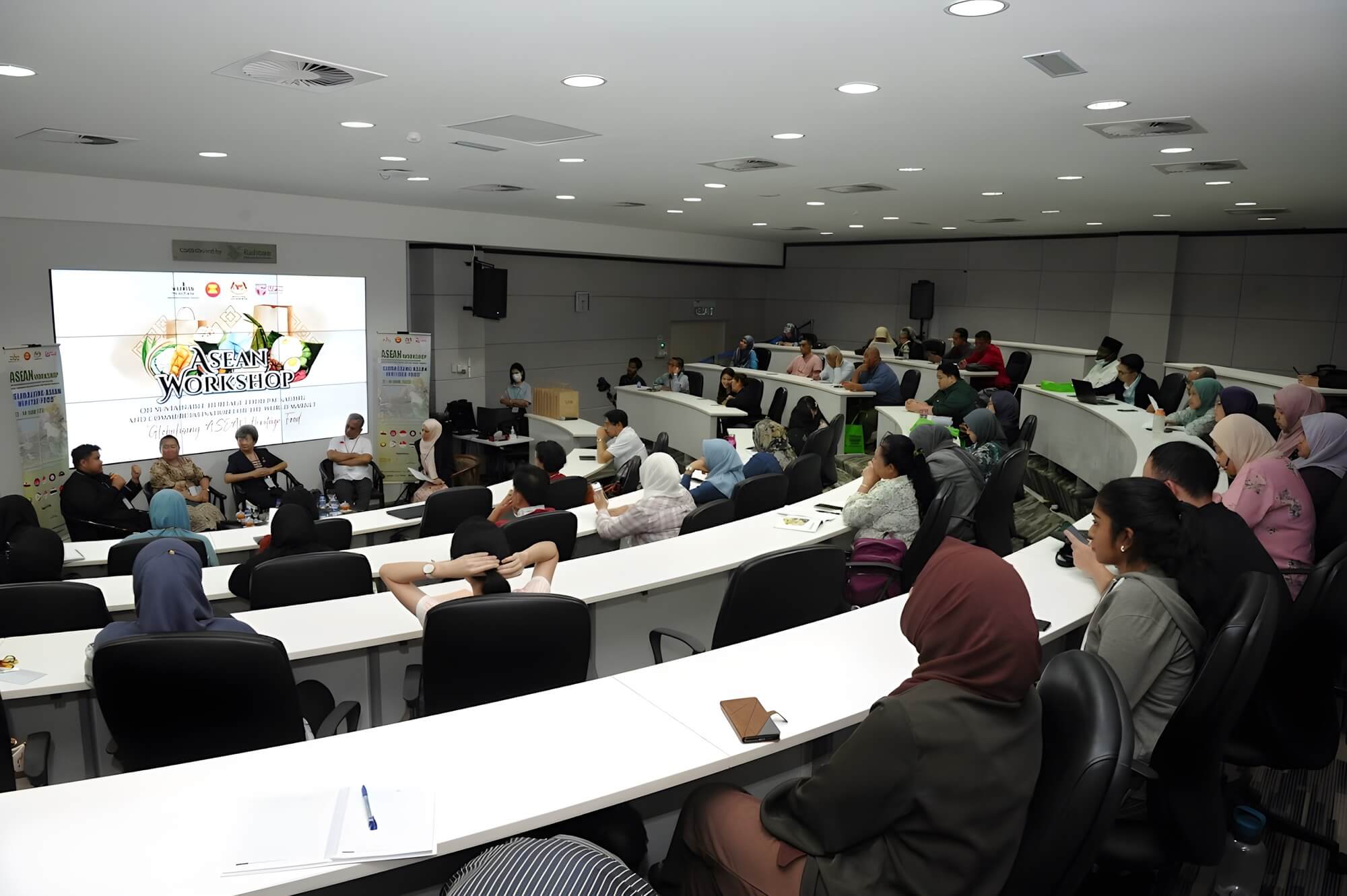
Conclusion
The notion of culture as a “social glue” is fundamental. According to the findings of the Culture in the Implementation of the 2030 Agenda report, there is an underappreciation of culture and cultural activity in the articulation of SDGs.
To my earlier points on ASEAN being so diverse, we do share some commonalities, albeit with distinctions. We must stay aligned with the 2000 ASEAN Declaration on Cultural Heritage that underlines our commitment to identify, delineate, protect, conserve, promote, develop, and transmit our significant cultural heritage to future generations.
Let us continue celebrating our diversity and advancing ASEAN priorities towards a greater and stronger community.




